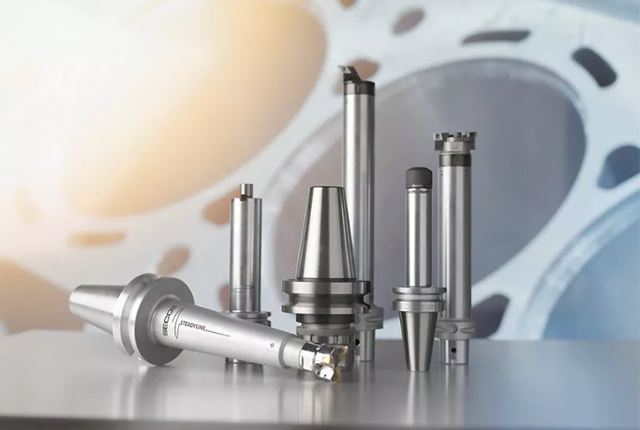
Precision machine tools with advanced cutting tools provide excellent metal cutting productivity. The tool holder is the key interface between the cutting tool and the machine tool spindle. Which is essential for achieving high productivity.
So how do you choose, apply and maintain the tool holder that best suits your production needs?
Factors that affect tool holder selection include the machinability of the workpiece material in each job and the configuration of the final part. Which determines the size of the shank required to reach a particular profile or feature. The shank should be as simple and easy to use as possible to minimize the possibility of operator error.
The basic components of the machine tool play a key role – fast machine tools with linear guides will take advantage of the shank designed for high-speed applications, while machines with box slots support heavy-duty machining. Multi-tasking machines can perform both turning and milling/drilling operations.
Selecting the tool holder can according to the machining strategy. For example, in order to maximize productivity in high-speed cutting (HSC) processes or in high-performance cutting (HPC) applications, the shop uses different tools, the former involving shallower depth of cut HHS and the latter focusing on adequate power. However, high metal removal rates are produced on machine tools with limited speed.
The low repeatable radial runout helps ensure constant tool engagement, reducing vibration and maximizing tool life. Balance is critical, and high-quality shanks should achieve precision balancing at G2, 5-25000 rpm mass (1 g.mm). The shop can determine the tool holder system that can meet its production needs in a cost-effective manner, depending on the actual situation or by consulting the tool supplier.